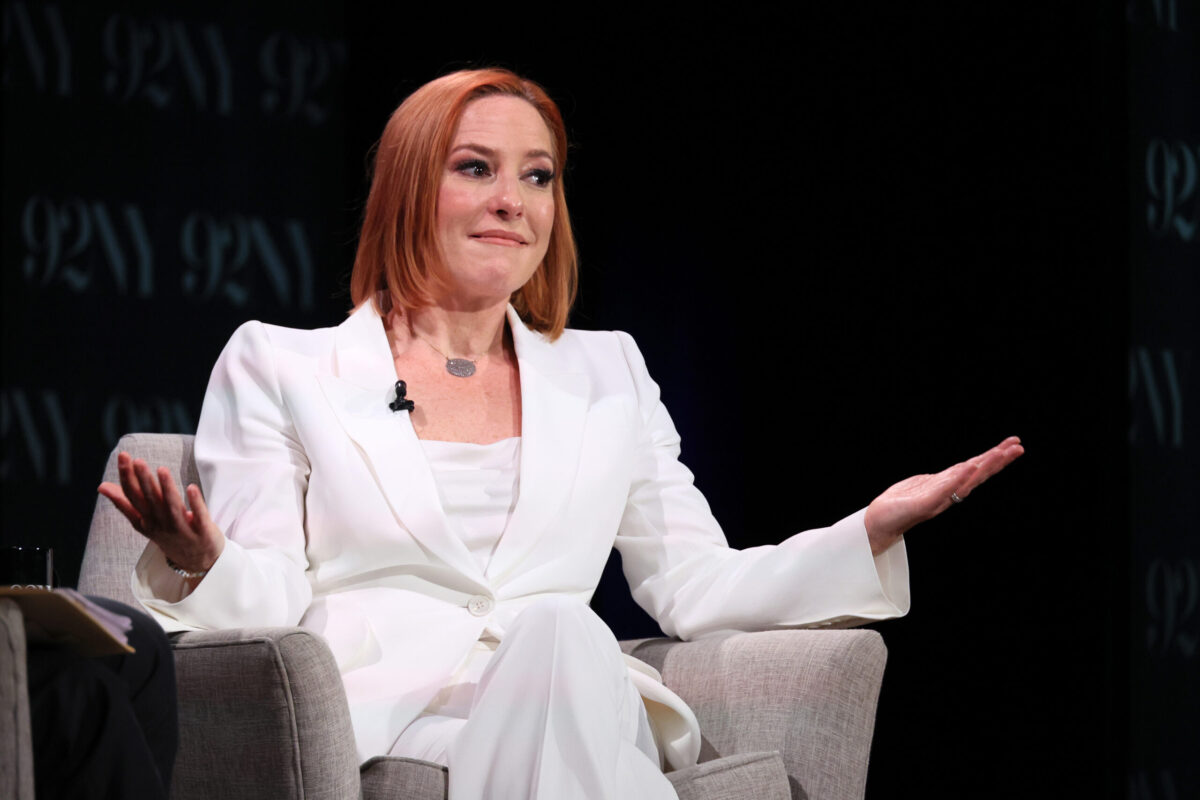The Dark History Of Drag And Its Battle With Feminists
During Pride Month, a Dallas gay bar drew protesters because of its “Drag the Kids to Pride” drag show for children.
The bar, Mr. Misster, marketed the event as a “family-friendly” version of their normal “Champagne Drag Brunch.” Video footage from the event, which shows drag queens dancing suggestively in front of small children who are seen tipping the dancers with dollar bills, quickly went viral.
All of this took place in front of a neon sign that said, “It’s not gonna lick itself!”
Social media commenters pointed out that ten years ago, an event like this would have been unthinkable. It’s not the first time drag shows have been scrutinized in recent times, either. Some LGBT activists have complicated feelings about drag. Many feminists hate it.
“Is this hyper-sexual drag show supposed to accurately represent the gay community?” Representative Dan Crenshaw (R-TX) tweeted in response to the event.
“Is this really supposed to build ‘tolerance?’ I can’t imagine most gay couples I know would ever condone kids going to these shows, just as most straight couples wouldn’t bring their kid to a burlesque show,” he said. “This is not only deranged, but also gives millions of decent gay couples a bad name.”
So where did it all begin? How did we, as a society, arrive at a time when it is acceptable to drag the kids to pride?
Dressing in drag, or wearing clothing traditionally associated with the opposite sex, traces its roots back to ancient civilizations. An exposé on the history of drag by the website PopSugar notes how Native American cultures participated in cross-dressing as part of religious ceremonies, and the practice was also a part of Japanese theater.
History buffs already know that Shakespearean plays utilized feminine-looking male actors to play the female roles.
“If [the man] had a suitable face and a slim body, then his first assignments would be in female roles,” author Roger Baker writes in the book “Drag.”
“Rarely does Shakespeare, or the other dramatists of the period, introduce more than three women in any one play, which suggests that there were few boys of adequate proficiency at any given time.”
At the time, cross-dressing was not associated with gay culture in the least. The drag historian Joe E. Jeffreys, who teaches at NYU’s Tisch School of the Arts, says drag as we think of it today didn’t emerge into the culture until the late 19th century.
He told PopSugar that change happened in the 1930s. “Drag queens are not only males who dress and perform as female but also have some connection to a gay scene,” Jeffreys said. “Until gay bars emerged, either clandestinely or legally, the drag queen was bounded by private parties, and even then police raids were possible.”
Over the decades, drag became more and more mainstream, flourishing in places like NYC’s East Village. It also started popping up in mainstream entertainment, from Ursula the Sea Witch in the classic 1989 Disney film “The Little Mermaid,” to the lovable characters in the 1995 comedy “To Wong Foo, Thanks For Everything! Julie Newmar,” and Robin Williams playing “Mrs. Doubtfire.”
Every article on the history of drag cites one vital turning point: RuPaul.
The reality series “RuPaul’s Drag Race” debuted in 2009. According to Jeffreys, “We are in the Ru era of drag, and those 100+ performers who have been contestants on the competition reality show can now do quite well for themselves…television and other media platforms are powerful things that the stage of your local gay bar can hardly offer.”
RuPaul’s drag empire boasts a popular show that’s gone on for ten seasons and has made millions of dollars. “Drag Race,” with its pageantry and fun, revolutionized drag from an activity that happened under the cover of night at exclusive clubs into a mainstream event with fun costumes, big personalities, and a whole lot of makeup. The show made drag into a spectacle that everyone was watching.
The show did, however, inspire controversy. As a cultural icon, RuPaul is a complicated person who vehemently opposed adding transgender women (biological males) to the cast if they’d fully transitioned.
In 2018, he told The Guardian, “Drag loses its sense of danger and its sense of irony once it’s not men doing it, because at its core it’s a social statement and a big f-you to male-dominated culture.”
“So for men to do it, it’s really punk rock, because it’s a real rejection of masculinity.”
The 61-year-old TV star went on to tell The Guardian that transgender women would “probably not” be invited to participate in “Drag Race.”
“You can identify as a woman and say you’re transitioning, but it changes once you start changing your body,” he said. Confusingly, “Drag Race” did claim to accept biological males, like the contestant called Peppermint, who were transitioning and identified as women.
“It takes on a different thing; it changes the whole concept of what we’re
" Conservative News Daily does not always share or support the views and opinions expressed here; they are just those of the writer."





